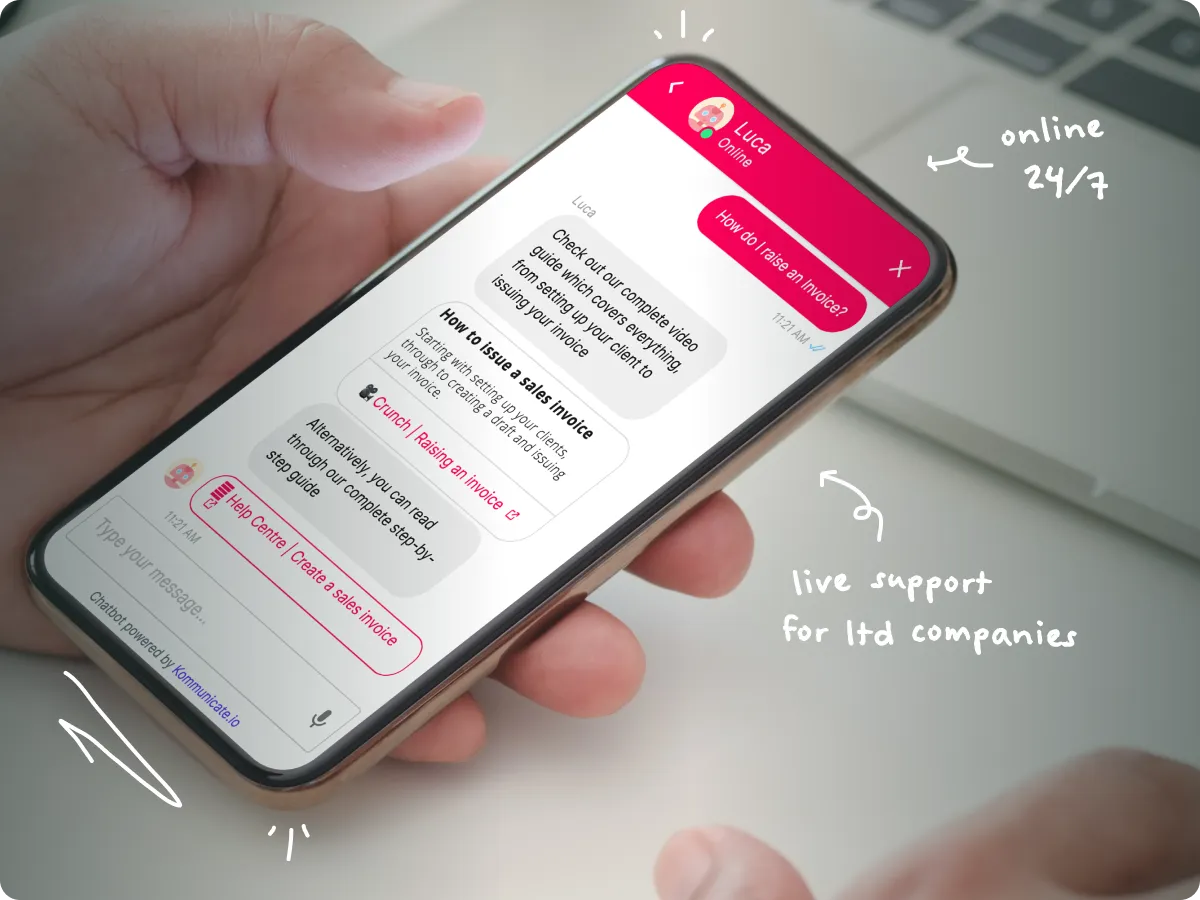The M1 tax code in the UK is known as an "emergency tax code," used temporarily until HM Revenue & Customs (HMRC) has the necessary information to issue the correct tax code.
This usually happens when you start a new job and don’t have a P45. In this case you’ll be asked to answer questions from the ‘employee statement’.
And if you tick the box for ‘Statement B’;
‘’This is now my only job, but since last 6 April I have had another job, or received taxable Jobseeker’s Allowance, Employment and Support Allowance or taxable Incapacity Benefit. I do not receive a State or Occupational Pension.’’

You’ll likely be placed on the ‘M1’ tax code, or ‘1257 M1’ as it appears on your payslip.
The key characteristic of the M1 tax code is that it is "non-cumulative." This means it doesn't consider any tax you've already paid within the tax year when calculating your current tax dues.
For example, if you're entitled to the standard tax-free Personal Allowance of £12,570, your M1 tax code would be 1257 M1. The number 1257 represents the standard personal allowance.
Under this code, your tax for a particular month is calculated based on the income earned during that month alone, without accounting for any tax already paid or part of your Personal Allowance used in that year.
Real Life Example of Tax Code M1 Applied
Let’s consider a scenario where an individual hasn't been employed since the start of the tax year 2023/2024 and then secures a job on October 1.
Under normal circumstances with a cumulative PAYE (Pay As You Earn) system, they would be eligible for £7,332.50 of their tax-free allowance (accounting for 7 months at £1,047.50 per month) to offset against their wages for that month.
However, if they are assigned an emergency tax code, the calculation changes. Instead of the cumulative allowance, they will only benefit from a single month's tax-free allowance, which amounts to £1,047.50.
This non-cumulative approach does not take into account any unused tax allowance from the earlier part of the year.
This situation typically persists until HM Revenue & Customs (HMRC) issues a correct tax code.
Once the appropriate code is in place, the calculation of PAYE reverts to its cumulative method, accounting for the full tax year's allowance.
I’m Still on an M1 Tax Code, What Should I Do?
There’s no need to panic if you find yourself on an emergency tax code for an over extended period. Bear in mind that HMRC has to process millions of tax payers details and errors like this are not uncommon.
Your tax, whether overpaid or underpaid, will eventually be corrected and rebated if necessary. As long as you are transparent with HMRC, you won’t be penalised for underpayment.
How to change your M1 tax code:
Should you suspect that you're still under an M1 code and haven't been switched to a cumulative tax code a few months after beginning a new job, try reaching out to your employer.
If they are unable to help, then you’ll need to get in touch with HM Revenue & Customs (HMRC) via their Tax Helpline at 0300 200 3300, and ask them to rectify the situation directly.
If you remain under an M1 code by the close of the tax year, there's a possibility that your tax payment may not have been accurate, potentially qualifying you for a rebate.
Typically, this refund should be processed automatically once HMRC reconciles your employer's returns. In such cases, you can expect to receive any due repayment around June or July after the tax year concludes.
If you don’t want to wait for HMRC’s system, you can try and claim a refund prior to June/July via following the steps on their website, or using an R38 form.
Your tax code should revert back to the correct code at the start of the new tax year.
M1 Tax Code - Not a State of Emergency
The M1 tax code in the UK, typically assigned when starting a new job without a P45, is a temporary, non-cumulative emergency code.
It’s essentially a safety mechanism to prevent major over or under payment of tax. And calculates tax based solely on current month's income, disregarding previously unused allowances.
While this can lead to incorrect tax payments, HMRC eventually corrects and rebates any discrepancies. If you remain on an M1 code beyond a few months, contacting HMRC is advisable to ensure accurate tax calculation and potential rebates.
.svg)

.jpg)



.jpg)







